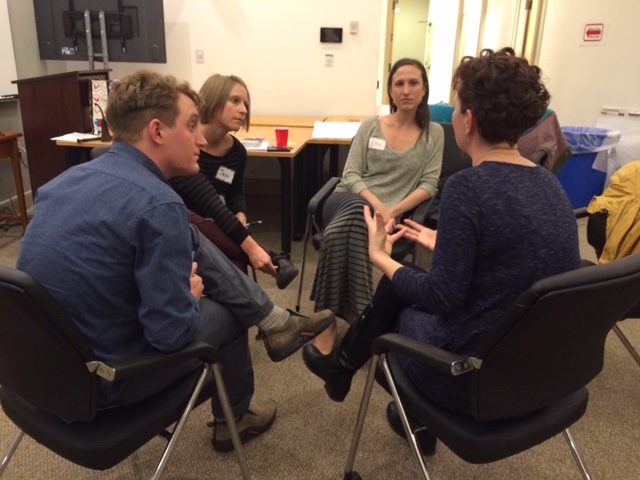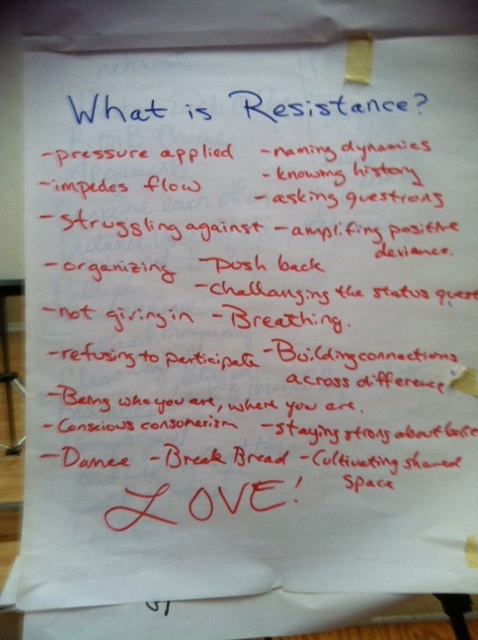SURJ Political Education
This site is designed to support us as we work together to deepen our understanding and sharpen our practice in working for racial justice.
What is political education? |
Political education is the collective process of study, research, analysis, and storytelling that helps us understand our situation and what we’re up against and what we can do about it. The purpose of political education is to build a shared language about our situation, a shared framework for understanding our situation, and a shared understanding of our history so we can better understand how we got here and what we can learn from those who went before us. We engage in political education to sharpen our skills in taking action for movement building for solidarity and social justice.
|
Why do we need political education? |
We need political education because we are swimming in a sea of misdirection and misinformation provided to us on a regular basis by the broader culture. We are, for example, consistently taught that racism is a thing of the past, that we live in a post-racial world, and that any racism that does exist is simply a reflection of a few misguided individuals. We are taught not to see the ways in which institutional and cultural racism impact all of us every day, including the policies, practices, and cultural beliefs that systematically target People of Color while benefitting white people and groups (at great cost to individual and collective humanity). If we want a more just world for all of us, and we do, then we need to develop the habits and skills that make it possible for us to see what’s really going on and to vision a different way. SURJ has a goal of mobilizing 7 million white people to show up for racial justice. We do political education with each other in service of this goal, to support better understanding of why we’re in the mess we’re in as well as how we’re going to move steadily and surely forward with a focus on racial justice and its intersection with all forms of liberation and justice. |
Designing a
|
There are all kinds of ways to politically educate ourselves. A political education session is more than a discussion about differing views. A political education session is grounded in shared wisdom (research, experience, knowledge) about an issue, led by facilitators holding experience and knowledge, whose role is to help the group achieve the goals of a shared language, shared framework, and shared understanding of history. While differences in viewpoints can and do occur, these differences are based in both lived experience and research and are expressed in order to advance learning or raise questions (not to compete about who is “right”). Done well, political education builds relationships among the participants while sharpening our ability to understand what is happening in the world. The goal is to use new information to deepen our understanding so that we can make informed and thoughtful decisions about how to build our movement for social justice in accountable ways. A template for a political education session might include some introductory story-telling about the topic at hand, information sharing from a resource (which might be a person, an article, a book, a video), time for discussion, questions, answers, and rumination, ending with consideration of how the discussion and new learning informs our collective action. Political education is always in service to action.
|


